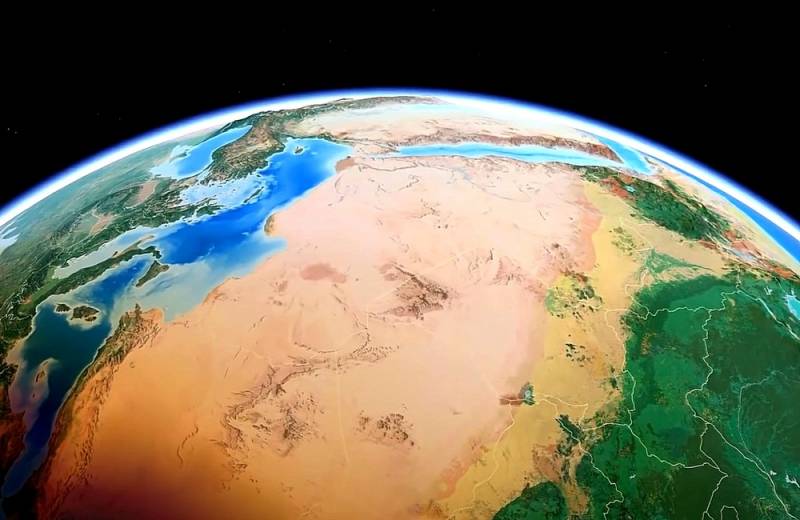An undervalued resource: in the future, humanity may face conflicts over sand
Sand is the most common mineral, the importance of which we, as a rule, do not attach much importance to. It seems to us that there is an infinite amount of it on earth and it will never end. However, in reality this is not the case.
Today, sand in its various forms is an integral part of our daily lives. At the same time, we often don’t even know about it. Its components are found not only in microelectronics, glass, plastic, but also in wine, cosmetics, toothpaste and even dried fruits.
However, the main “consumer” of sand today is undoubtedly construction. It is even difficult to imagine the volumes of mineral used in this industry.
In particular, for the construction of a relatively small building, 200 tons of sand are used, for a large high-rise building - 3000 tons, and when constructing a massive structure, such as a dam or nuclear power plant, the consumption of this mineral can reach tens of millions of tons.
As a result, demand for sand around the world will only increase as the world's population and urbanization levels steadily increase. But, paradoxical as it may sound, it runs out and needs to be taken somewhere.
Most ordinary people in this case will say that deserts are an endless source of sand. What kind of deficit are we talking about? But there is an important nuance here.
Sand grains in the desert are round in shape. They are so highly polished that they do not stick together and form durable concrete. Therefore, such sand is useless.
That is why the UAE buys it from Australia, Saudi Arabia from Scotland, and Egypt from India.
Today, cities continue to be built on a scale never before seen. At the same time, more and more countries are concerned about the depletion of sea sand. After all, its uncontrolled extraction leads to serious consequences for the environment, which means it needs to be controlled and limited.
Finally, there is compelling scientific evidence that sand supplies are declining in many parts of the world. At the same time, being a strategic resource, it can easily become the cause of future conflicts, just like oil and natural gas.

Information